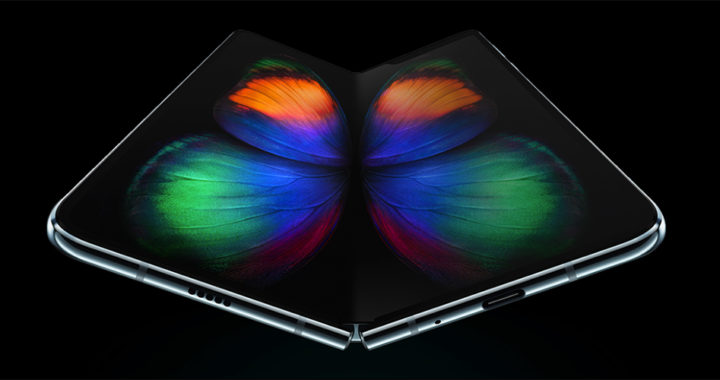A flexible OLED or FOLED is a variation of an organic light-emitting diode or OLED display that uses flexible plastic for housing the organic electroluminescent semiconductor, thus allowing the entire display or the device that features such display to be bent, folded, or rolled. It is worth mentioning that FOLED and POLED or plastic OLED are considerably similar because both use plastic as a substrate.
The Pros of FOLED: Advantages and Application of Flexible OLED
Novel applications centered on the production of consumer electronic devices with innovative form factors that are not achievable using TN LCD or IPS LCD panels and standard OLED displays collectively demonstrate the primary advantage of flexible OLED.
One example is the production of televisions with curved displays. The curved orientation of these TV sets gives viewers improved immersion, a better sense of depth, and a wider field of view, thus improving the overall viewing experience.
Another application of flexible OLED is the development of new classes of mobile devices. As a specific example, Samsung and Huawei have already introduced their respective foldable smartphones in 2019 that can be turned into tablet devices when unfolded. These devices are now available for mass production and mass consumption.
Rollable displays and electronic papers are other applications. Note that these display configurations can be specifically applied on the design and engineering of television sets, computer monitors, as well as mobile devices such as smartphones, laptops, and tablets. LG introduced a rollable TV prototype in 2018.
Thinness and durability are also advantages of FOLED over conventional OLED and LCD panels is thinness. Because a plastic substrate can be half as thin as a glass substrate, it allows manufacturers to produce thinner displays that can be fitted into thinner devices. Furthermore, the flexibility of plastic gives some additional shock absorbance over glass.
Other advantages of flexible OLED include all of the advantages of OLED display technology. These are energy efficiency or lower power consumption due to the absence of backlighting, high contrast ratio because of deep natural blacks, and a wider viewing angle.
The Cons of FOLED: Disadvantages and Limitations of Flexible OLED
Manufacturing FOLEDs, particularly the production of the flexible plastic substrate and the process of bending, requires introducing stress through heat. This may lead to residual stress, thermal stresses, and external stresses that can affect durability and quality. These are the key disadvantages of flexible OLED.
The stresses induced from manufacturing can specifically affect the display quality, particularly the brightness or uniformity in the production of colors from the organic diodes. In addition, the stresses weaken FOLED display panels, thus making them less durable despite being shock absorbent than glass-based OLED display panels.
Devices with flexible OLED display panels are also prone to wear and tear. There are a limited number of times that the plastic substrate can be folded and unfolded. Essentially, folding and unfolding devices such as foldable phones mean subjecting the FOLEDs under repeated stress.
Take note that it is still unclear how devices with FOLED would last due to wear and tear. The technology is still new and FOLED devices are just beginning to enter the market for mass consumption.
Other disadvantages of flexible OLED include all of the disadvantages of OLED display technology. These are shorter life span due to the natural and faster degradation of organic materials, vulnerability to water damage, poor outdoor visibility, and oversaturation of images or inaccurate color reproduction due to manufacturing configuration.

